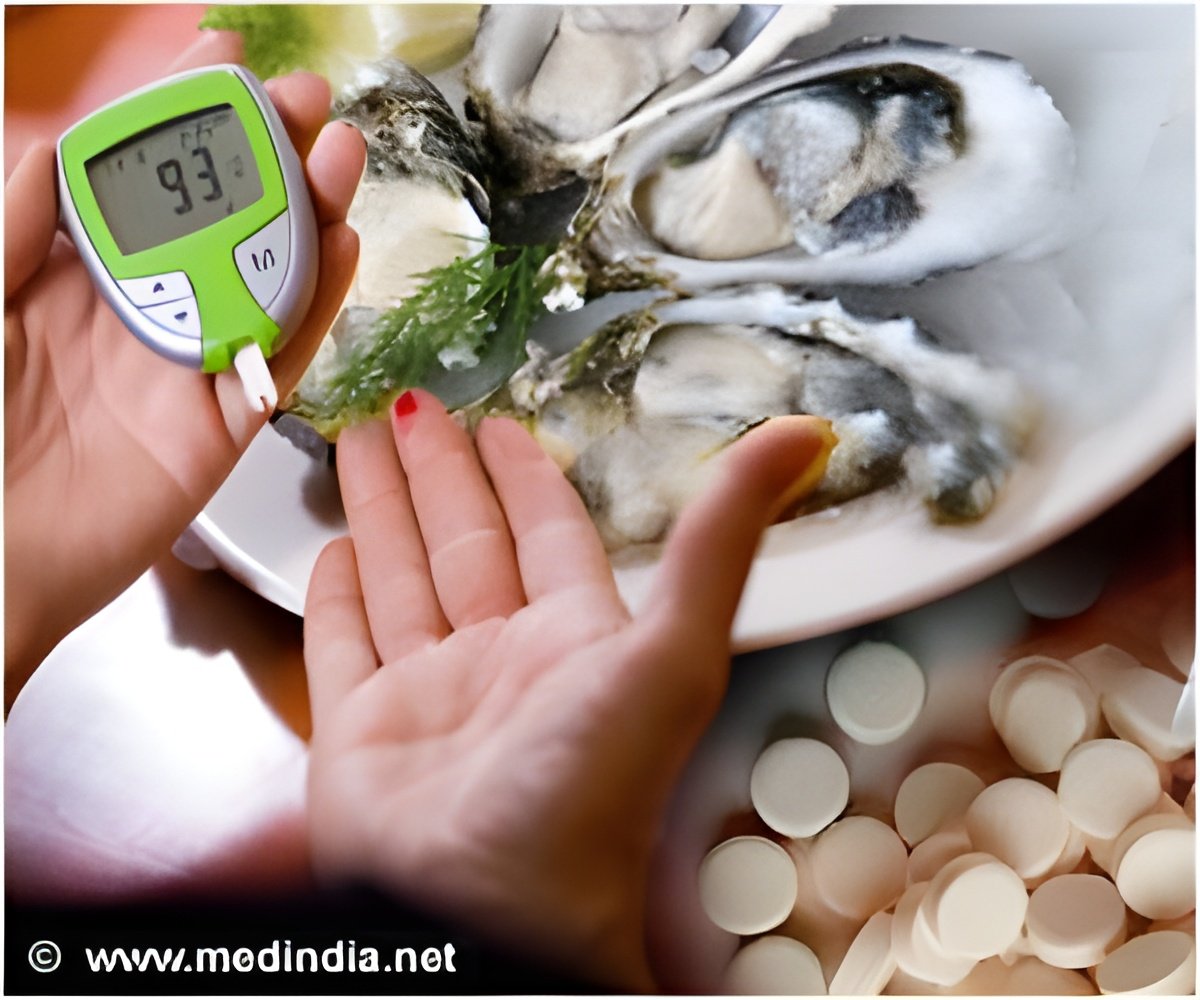
It is predicted that the prevalence of diabetes is predicted to double globally from 171 million in 2000 to 366 million in 2030 with a maximum increase in India.
“By 2030, diabetes mellitus may afflict up to 79.4 million individuals in India, while China (42.3 million) and the United States (30.3 million) will also see significant increases in those affected by the disease,” experts said.
Poor Disease Awareness
Low awareness about the disease in general population has put India on top of world diabetes sufferers list.
Scientists say that approximately 25% of the population was unaware of diabetes and only 41% of diabetic patients knew that diabetes could be prevented.
Advertisement
Meanwhile, a population-based study revealed that only 41% of adults (>20 years age) in India were aware of risk associated. Over 92% of the patients approached general practitioners for treatment instead of an eligible diabetologist.
Advertisement
Also, expert doctors observed a substantial regional variation in diabetes prevalence and management in India.
The highest prevalence of diabetes was observed in southern region (Ernakulum, Kerala) and lowest prevalence in North Eastern region (Manipur).
How can We Raise Awareness?
Diabetes mellitus (DM) is due to either the pancreas not producing enough insulin, or the cells of the body not responding appropriately to the insulin produced.
There are three main types of diabetes mellitus.
Type 1 DM results from the body's failure to produce enough insulin. This form was previously referred to as ‘juvenile diabetes’ or ‘‘insulin-dependent diabetes mellitus’.
Type 2 DM begins with insulin resistance, a condition in which cells fail to respond to insulin appropriately. As the disease progresses a lack of insulin may also develop. This form was previously referred to as ‘adult-onset diabetes’ or ‘non insulin-dependent diabetes mellitus’.
Gestational diabetes occurs when pregnant women without a previous history of diabetes develop a high blood glucose level.
Generally, an inactive life, which involves lack of exercise and poor calorie management, is one of the biggest contributors to the dreaded disease of diabetes.
All people with Type 1 diabetes (juvenile onset) and those with Type 2 diabetes (adult onset) are at risk.
The rise in diabetes prevalence in India is the outcome of lifestyle changes in the background of genetic predisposition.
* Various media sources such as print/audio-visual and information technology (IT) should be efficiently used to spread the awareness about the disease.
* Family members of patients should also be counseled about the significance of regular monitoring and checkups.
* Children should be made aware about the significance of maintaining healthy lifestyle and physical activities.
* Healthcare employees, at all levels should be adequately trained to disseminate information to patients regarding diabetes.
Prevention and Management
* Healthy eating habits and good nutrition can go a long way in preventing and managing diabetes.
Healthy food items such as whole grains rich in components like dietary fiber, starch, fat, antioxidant nutrients, minerals, vitamin, lignans, and phenolic compounds are recommended.
* Being a chronic disease, patient’s compliance is the most important factor in fight against diabetes. Self-awareness can effectively increase the patient compliance issues related to adopting healthy diet and lifestyle, regular checkups of glycemic status, and periodic screening.
Physician Approach to Care
Next to the patient, physician is the important component in the management of diabetes.
It has been shown that various factors like insufficient knowledge of guidelines, primary focus on acute management rather than the preventive care, competing care demands, somewhat late clinical response to poor control, time constraint, poor resources and attitudinal issues are some of the physician related problems in diabetes control in India.
To overcome these limitations in the diabetic care specialized CME programs should be constituted to help the physicians to be updated.
Also, it has been shown that guidelines arising out of evidence-based medicine (EBM) can efficiently decrease the practice variations thereby improving the level of care, so it makes lots of clinical sense to implant the concepts of EBM among general practitioners. To popularize the guidelines formulated from EBM, physicians must be adequately trained and motivated to use standard guidelines.
It has also been shown that physicians are hesitant to prescribe insulin due to dosage and mode of administration constraints. A conscious effort has to be made to resolve this significant issue with caregivers.
Inadequate Spending
Healthcare in general and diabetes in particular are very heavily reliant on adequate infrastructure and funding. India spends only 5% of its GDP on healthcare and DM requires a significant proportion of that amount for effective control and management.
Source-Medindia














